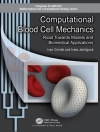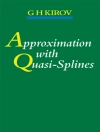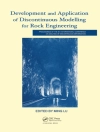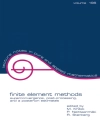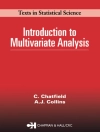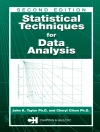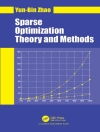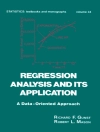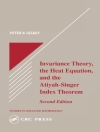Classical Deformation Theory is used for determining the completions of local rings of an eventual moduli space. When a moduli variety exists, the main result explored in the book is that the local ring in a closed point can be explicitly computed as an algebraization of the pro-representing hull, called the local formal moduli, of the deformation functor for the corresponding closed point.
The book gives explicit computational methods and includes the most necessary prerequisites for understanding associative algebraic geometry. It focuses on the meaning and the place of deformation theory, resulting in a complete theory applicable to moduli theory. It answers the question ‚why moduli theory‘, and gives examples in mathematical physics by looking at the universe as a moduli of molecules, thereby giving a meaning to most noncommutative theories.
The book contains the first explicit definition of a noncommutative scheme, not necessarily covered by commutative rings. This definition does not contradict any previous abstract definitions of noncommutative algebraic geometry, but sheds interesting light on other theories, which is left for further investigation.
Contents:
- Introduction
- Basic Introduction to Associative Moduli
- Associative Algebra
- Associative Varieties I
- Noncommutative Deformation Theory
- Associative Varieties II
- Computational Examples of Associative Varieties
- Algebraic Invariant Theory
- Pre-Dynamic GIT
- Dynamical Algebraic Structures
Readership: The target readership is graduate mathematicians, and it can be used as a textbook for graduate courses in algebra/algebraic geometry. The examples are good foundations for master and Ph D theses. Can also be adopted to differential geometry and algebraic topology / K-theory and can be adopted to the recommended reading lists in such courses.
Key Features:
- Gives explicit computational methods and includes the most necessary prerequisites
- Focuses on the meaning and the place of deformation theory, resulting in a complete theory applicable to moduli theory
- Answers the question ‚why moduli theory‘ and it give examples in mathematical physics by looking at the universe of a moduli of molecules
- Gives a meaning to most noncommutative theories
- Contains the first explicit definition of a noncommutative scheme, covered by not necessarily commutative rings. This definition does not contradict any of the previous abstract definitions of noncommutative algebraic geometry, but rather gives interesting relations to other theories which is left for further investigation


